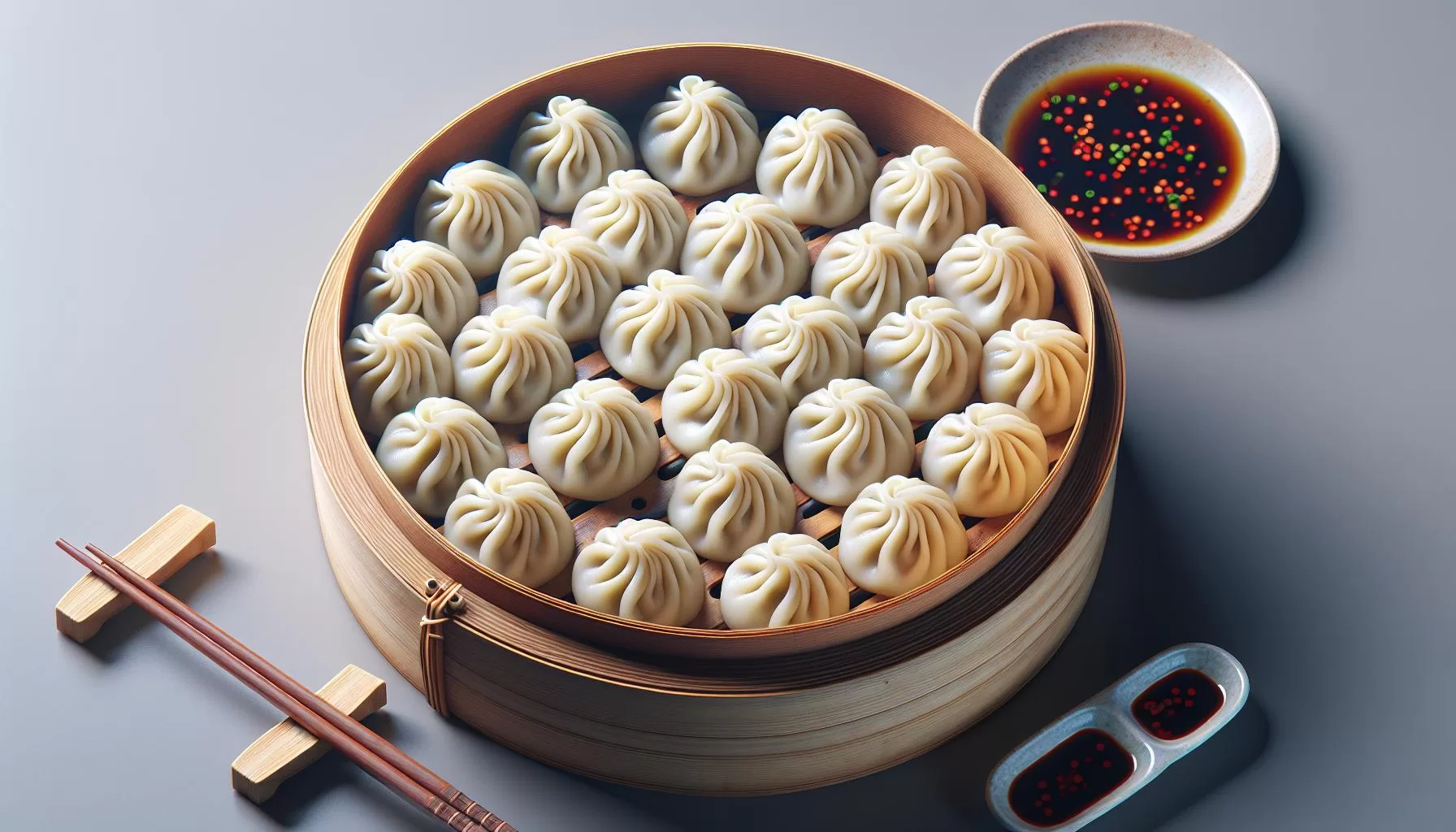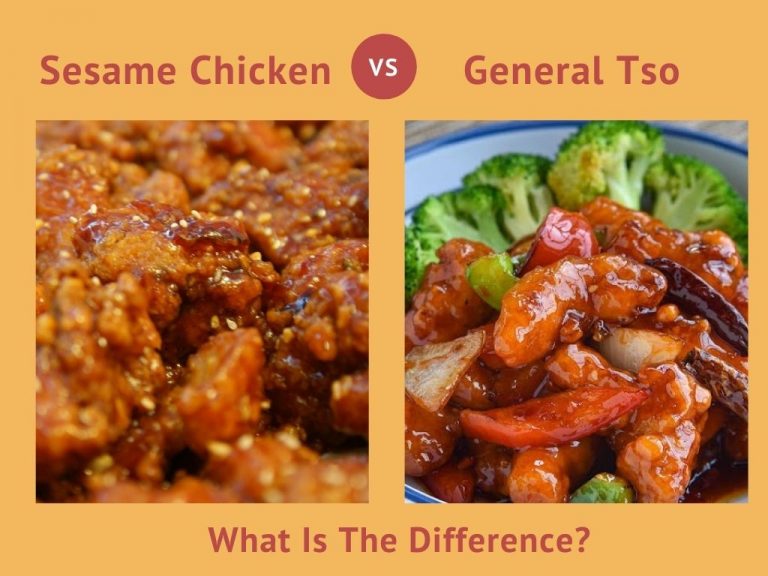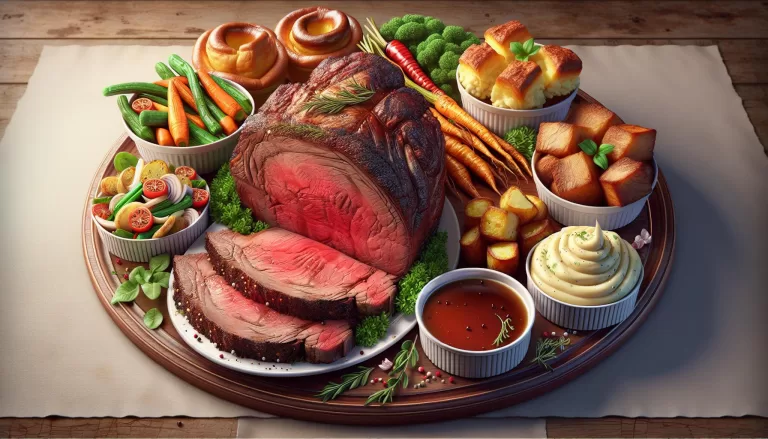Step by Step Guide to Perfect Homemade Har Gow – Easy Chinese Dumpling Recipe

Choosing the Right Ingredients
To make perfect Har Gow at home, selecting the right ingredients is pivotal. Let’s get you started on determining what you’ll need.
You’ll begin with the star of the show – the shrimp. Fresh shrimps are your best bet when striving for the most authentic taste. Hunt for the biggest, juiciest ones you can find. Roughly you’ll need about 1 pound of shrimps.
Next up, it’s the humble bamboo shoot. No more than 1/2 cup will be required. If fresh ones aren’t available, canned bamboo shoots will suffice. Keep in mind they’re not as tender or flavorful as their fresh counterparts.
Your dim sum would be incomplete without wheat and tapioca starches. These are the building blocks of your dumpling wrapper. A hint: Ensure you’re getting the wheat starch, and not flour – there’s a difference.
Keeping the Har Gow’s distinct translucency in mind, tapioca starch is pivotal. It’s the secret to achieving that see-through thinness you adore about these dumplings. Combine the wheat and tapioca starches in a 2:1 ratio, respectively.
Don’t forget about the seasoning. A pinch of salt, sugar, and sesame oil vastly elevate the taste. Optionally, add a hint of white pepper. It’s less common, but undeniably gives the dumplings an extra kick.
For a twist. Some might call this unconventional, but adding shrimp roe on top gives your Har Gow a memorable finish. Just a sprinkle will do, and voila – you’ve just leveled up your homemade Har Gow game!
It’s crucial you give some thought to nutritional values if you’re health-conscious. Here’s an easy-to-understand markdown table of the approximate values per serving.
| Nutritional Factor | Value |
|---|---|
| Calories | 250 kcal |
| Carbs | 30g |
| Protein | 15g |
| Fat | 7g |
Preparing the Shrimp Filling

To start with, peel and devein 300 grams of fresh shrimp. This process may seem cumbersome, but it’s vital for a clean, fresh taste. After rinsing the shrimps, it’s time to give them a rough chop. Don’t settle for a fine paste. You’d want notably chunky pieces for the right bite and texture that elevates the overall Har Gow experience.
Upon chopping the shrimps, mix them with 50 grams of finely chopped bamboo shoots. Bamboo shoots lend a slight crunch, offering a textural contrast to the shrimp’s softness. If you can’t procure fresh bamboo shoots, canned ones will do too. Just ensure to rinse and drain them well to get rid of the can taste.
After mixing, it’s time to sass up your filling. Season the shrimp and bamboo shoot mixture with half a teaspoon each of salt and sugar. Add a teaspoon of sesame oil for a distinct aroma and finish off with optional white pepper. It lends a punch without overpowering – a secret many home chefs swear by.
Now here comes the fun part. Get creative and toss in some shrimp roe. It’s not a typical addition, but it crafts a robust flavor profile that’ll tantalize your taste buds. If you’re unable to find shrimp roe, fish roe makes an excellent substitute.
Done prepping? Don’t be in a rush to fill those dumplings. Let the filling rest for about 30 minutes. Why, you ask? Well, it allows for the flavors to meld together. Trust us, the wait is worth the hearty burst of flavors that awaits.
Below is a tabular representation of nutrition per serving to help you keep track of this lip-smacking dish’s health quotient.
| Nutritional Composition | Amount |
|---|---|
| Calories | 140 Kcal |
| Carbs | 5 grams |
| Protein | 12 grams |
| Fat | 2 grams |
| Vitamins | rich in B-Vitamins and Vitamin D |
Making the Translucent Dumpling Wrapper

Up next, it’s time to tackle the iconic translucent wrappers that make Har Gow stand out. These tender yet slightly chewy wrappers provide the perfect casing for your shrimp filling, giving a delightful textural contrast in each bite.
For this stage, you’ll only require wheat starch, tapioca starch, boiling hot water, oil, and a pinch of salt. Don’t fret over wheat starch- it’s not your usual all-purpose wheat flour, it’s a white powdery substance obtained from the endosperm of wheat kernels. If you can’t find it, a mix of cornstarch and rice flour is a possible alternative.
To begin, mix 1 cup of wheat starch, 1/2 cup of tapioca starch, and your pinch of salt in a heatproof bowl. Add an equal mix of boiling hot water and oil (3/4 cup combined), stirring conistently with a spatula. Key Fact: this hot liquid mixture will partially cook the starches, producing a translucent dough when steamed.
Start working the oil-water mix into your starches, and stir until you get a crumbly, coarse mixture. Let this rest and slightly cool before proceeding to knead the dough. Note: at this point, the dough will still be hot so handle with caution. Continue to knead till you achieve a smooth, elastic, non-sticky dough. You got it right when it resembles mozzarella cheese in texture. If it’s too dry or sticky, add a bit more oil or wheat starch accordingly.
Once you’re there, roll out the dough into a thin sheet. Now, using a circular cutter, create uniform dumpling skins. It may require practice, and patience, to achieve the thin, even sheets of dough but remember- the thinner your dough, the more delicate your Har Gow will be.
Cover the dough with a damp cloth while you work on the individual wrappers to prevent it from drying out.
Just don’t forget, practice is key. You’ll be a Har Gow expert in no time!
Don’t worry about leftover dough- it can be stored in the refrigerator.
| Ingredient | Calories | Carbs | Proteins |
|---|---|---|---|
| Wheat Starch | 113 Kcal | 29g | – |
| Tapioca Starch |
Assembling the Har Gow

Once your dough is a smooth and silky batch, you’re ready for the more hands-on part of the process: assembling the Har Gow. This part’s labor-intensive, but not tricky – with a few simple tips, you’ll get the hang of it.
Begin by rolling a piece of your dough into a small ball – roughly the size of a golf ball. Flatten it with your hand and then use a rolling pin to thinly roll it out. Aim for a thickness of approximately 1/8 inch. If it’s too thin, it’ll tear easily; too thick, it won’t be as palatable.
Does it have to be perfect? Well, perfection’s subjective but try to maintain equal thickness for a uniform cook as well as aesthetics. Speaking of aesthetics, a pasta cutter or similar tool could give your wrappers a more professional look.
Once you have your wrapper ready, it’s time to add your filling. Don’t overstuff it: a small spoonful of pre-made shrimp filling should suffice. Fold the dough over the filling, pinching the edges to seal it. We’re going for a pleated, crescent shape – it’s a little bit like making a dumpling.
Here comes the crucial part – the steaming. You’ve crafted these perfect parcels and now dietary steam is what transforms them into these almost divine dim sums. It’s vital not to overcrowd your steamer. Remember, you want your Har Gow to stay intact and not stick. So, place them with a bit of space in between.
Consider lining your steamer with cabbage leaves, or a silicone steamer mat if you have one. It helps prevent sticking, and it’s easier to remove your dumplings post-steam. You’ll want to steam them for about 6-8 minutes, after which they’ll be tantalizingly translucent but firm to the touch. Repeat the process until all your Har Gow are cooked.
There you go! You’re all set to enjoy your homemade Har Gow – a dish that’s as much a delight to create as it is to consume.
Steaming and Serving

Now that your dumplings are formed, it’s onto the crucial step of steaming the Har Gow. The first thing to remember is not to rush. Begin with a preheated steamer. Using a bamboo steamer gives a traditional touch and evenly steams these dumplings.
Place the dumplings on a liner, like parchment paper or a banana leaf. This prevents sticking and makes cleaning easier. Arrange your Har Gow with a little space in between each dumpling. Remember, don’t overcrowd the steamer – steam needs to circulate freely to cook your dumplings evenly.
Set your timer. Har Gow commonly takes about 6-8 minutes to cook in the steamer. Keep in mind that it’s the filling, more so the shrimp, that is the determining factor here. Shrimp cooks fast, too long and it becomes rubbery.
While it’s all cooking, let’s talk about presentation. Har Gow is not just about the taste, but also how they look. Arrange your dumplings in a way that shows off their translucent wrappers and beautiful pleats. Use a nice dim sum plate or bamboo steamer for that authentic dingy feel.
As for serving, don’t forget the dip. Traditional chili oil or soy sauce pairs well, but feel free to get creative with your favorites. Serve hot right out of the steamer for the best taste.
How you present and serve your homemade Har Gow matters. After all, it’s the first thing people notice and your opportunity to impress before the first bite. Some say the eye tastes first, and with these beautifully steamed dumplings, you’ll leave everyone longing for more.
Conclusion
You’ve now mastered the art of making homemade Har Gow. Remember, the key lies in the steaming process, making sure to use a preheated bamboo steamer and giving each dumpling its own space. Timing is crucial to ensure that your shrimp filling doesn’t turn rubbery. But it’s not just about the taste, it’s about the presentation too. Arrange your dumplings to show off their translucent wrappers and serve them hot with traditional dips. With this homemade Har Gow recipe, you’re not just serving dumplings, you’re creating an experience for your diners that will leave a lasting impression. So go ahead, impress your guests before they even take their first bite.




